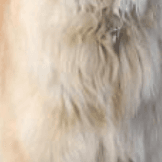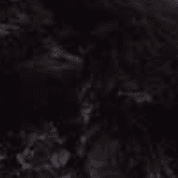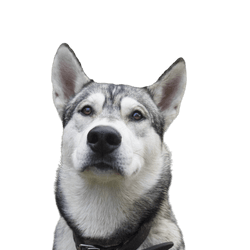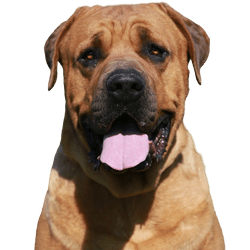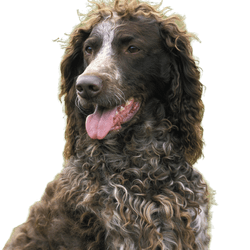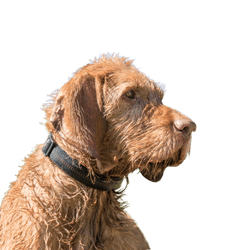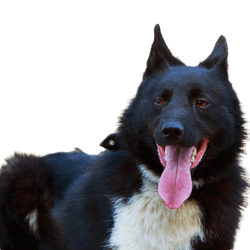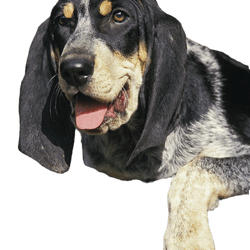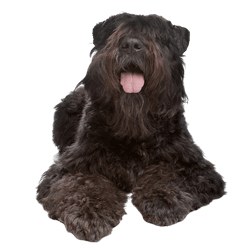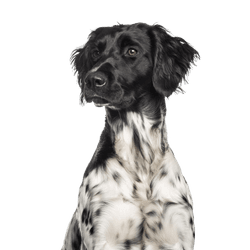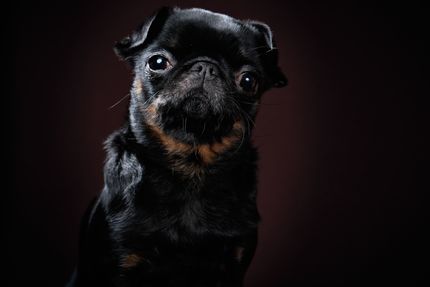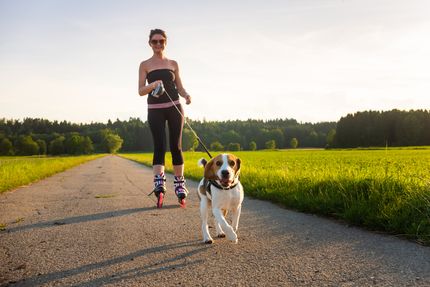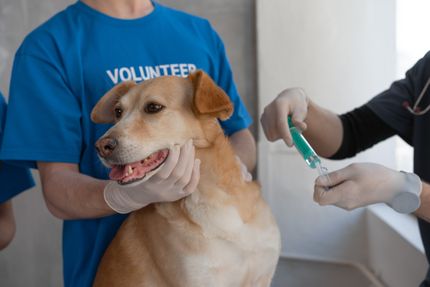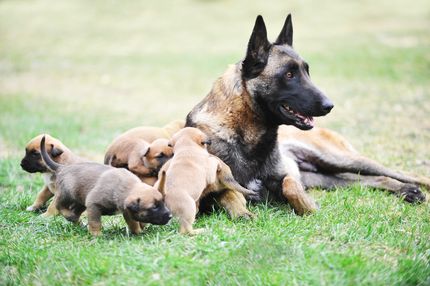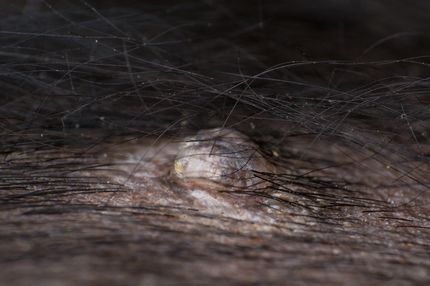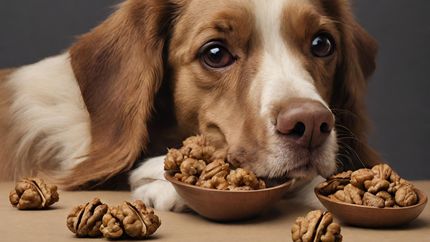Facts & Origin
Origin and history of the Hovawart
For many centuries the Hovawart, whose name is translated as "estate manager dog" by the meaning yard ("hova") and guard ("wart"), has fulfilled its task as a guardian of house and yard with flying colors. The fact that the Germanic tribes already appreciated this breed proves that they dedicated an entire article to the animals in the law book Lex Baiuvariorum. At that time it was called "Houvavart" and was almost six times the price of a horse.
Beginning of the breeding
The proper breeding of the breed began in 1922: the pioneer was the dog teacher and zoologist Kurt Friedrich König, who together with his father began to mate animals with outstanding character traits. As a breeding goal he defined an intelligent and affectionate companion, capable of making independent decisions. In the same year, the first breed association, the Hovawart Verein für Deutsche Schutzhunde e.V. Thale, was founded. König initially crossed other breeds such as the Kuvasz, the Leonberg, Newfoundland and German Shepherd.
Unfortunately, the popularity of the Hovawart declined as newer breeds were developed in Germany. Fortunately, in the early 1900s, a group of enthusiasts worked to restore the breed to its former glory. Nevertheless, they suffered a setback again during World War II, when many Hovawarts were sent into battle because of their many talents and extreme loyalty. To this day, they are rather rarely represented, especially in other countries.
Suitability and keeping
By the FCI is classified as a working dog. However, due to its athleticism, it is also suitable as a jogging or riding companion or in protection, tracking or rescue work. For beginners he is considered less suitable.
The Hovawart is on the breed list in the Swiss canton of Glarus, its keeping is subject to approval there.
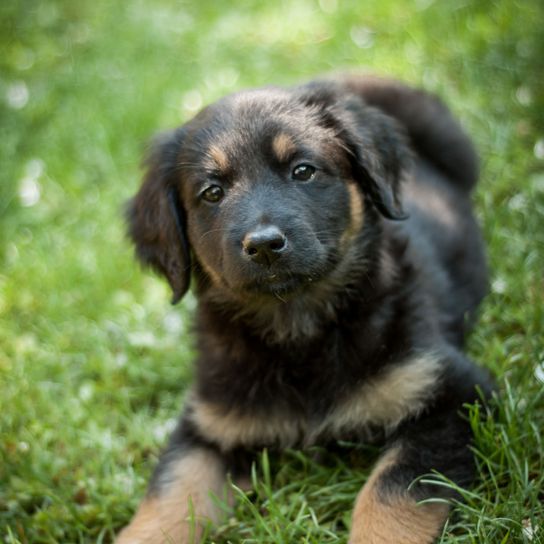
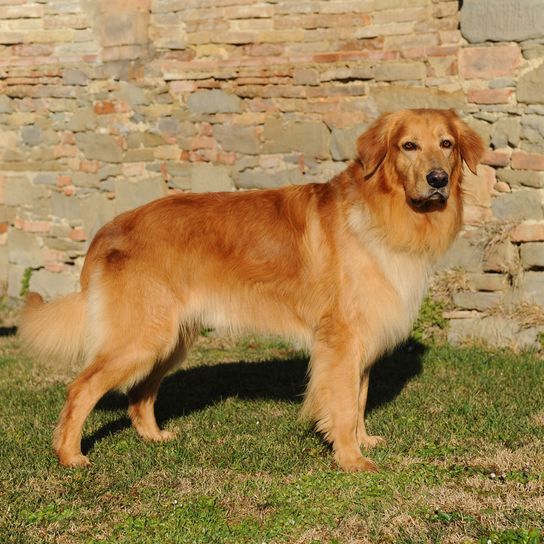
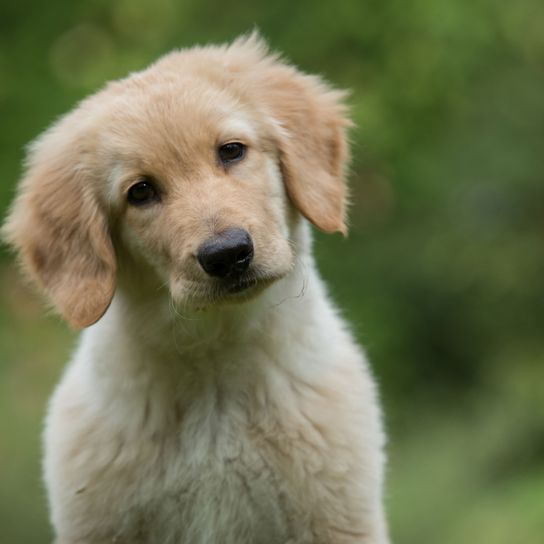
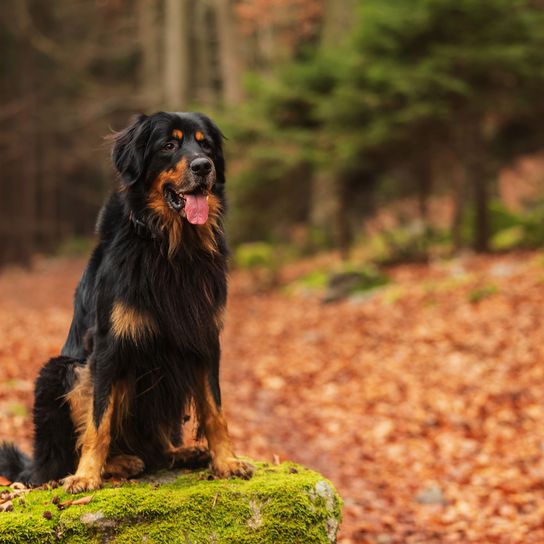
| Alternate Name | - |
| Origin | Germany |
| Life expectancy | 12 - 17 years |
| Care requirements | high-maintenance |
| Activity level | average |
| FCI group | Molossian type |
| AKC group | Herding Group |
| KC group | not recognised |
Hovawart mixes
Attitude, character and temperament of the breed
Typical character traits of the Hovawart
As pets, Hovawarts are loyal and affectionate dogs of medium temperament. They get along well with other dogs and can be socialized to accept other pets. They love children, but need to be well socialized to accept outsiders. Since they used to be guard dogs, they need to be taught the difference between visitors and intruders - they take the job of protecting their family very seriously. They are also not particularly "willing to please" and have an independent streak that can make their training difficult.
Education of the Hovawart
With a Hovawart, you're bringing a confident personality into your home. He needs an owner with whom clear rules apply. With the consistent education you start best already in the puppy age. This includes, for example, getting the animal used to the leash and paying attention to basic obedience. It pays to remain consistent, otherwise the four-legged friend likes to take over the command. Once you are accepted as the leader of the pack, the Hovawart proves to be a loyal and affectionate companion. Even the breed standard deposited in the international dog association FCI speaks of a breed that sees a family as a substitute pack.
Usage
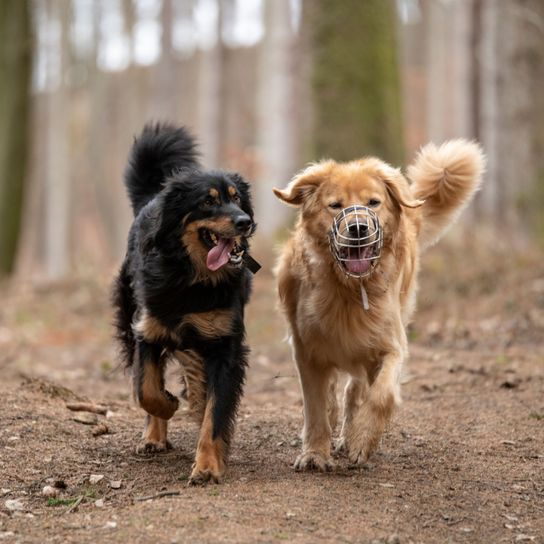
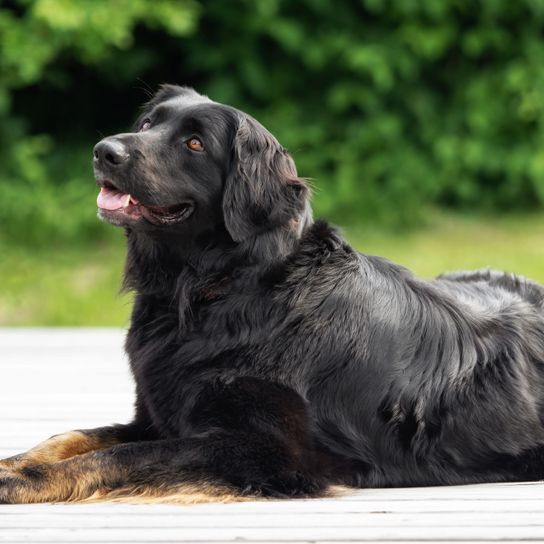
Breed-typical diseases of the Hovawart
Since strict criteria apply in the Howavart breed, hereditary diseases are hardly a problem and the otherwise more common disease of the cartilage at the knee joint (OCD) is also becoming increasingly rare. He also has a comparatively low risk for hip dysplasia, which is otherwise very common in other large breeds.
Thus, despite its size, its life expectancy quickly reaches times 14 years.
Hovawart purchase and breeding
If you want to buy a Hovawart, it is best to inquire with qualified breeders about their next litters. More tips to not regret the purchase afterwards:
- Check out the Austrian Club of Hovawart Friends for information on Hovawart breeding.
- Familiarize yourself with the breed at a dog show
- Let the breeder show you the parents of the breed
- Take a look at the pedigree
- Look if the coat of the puppies is shiny

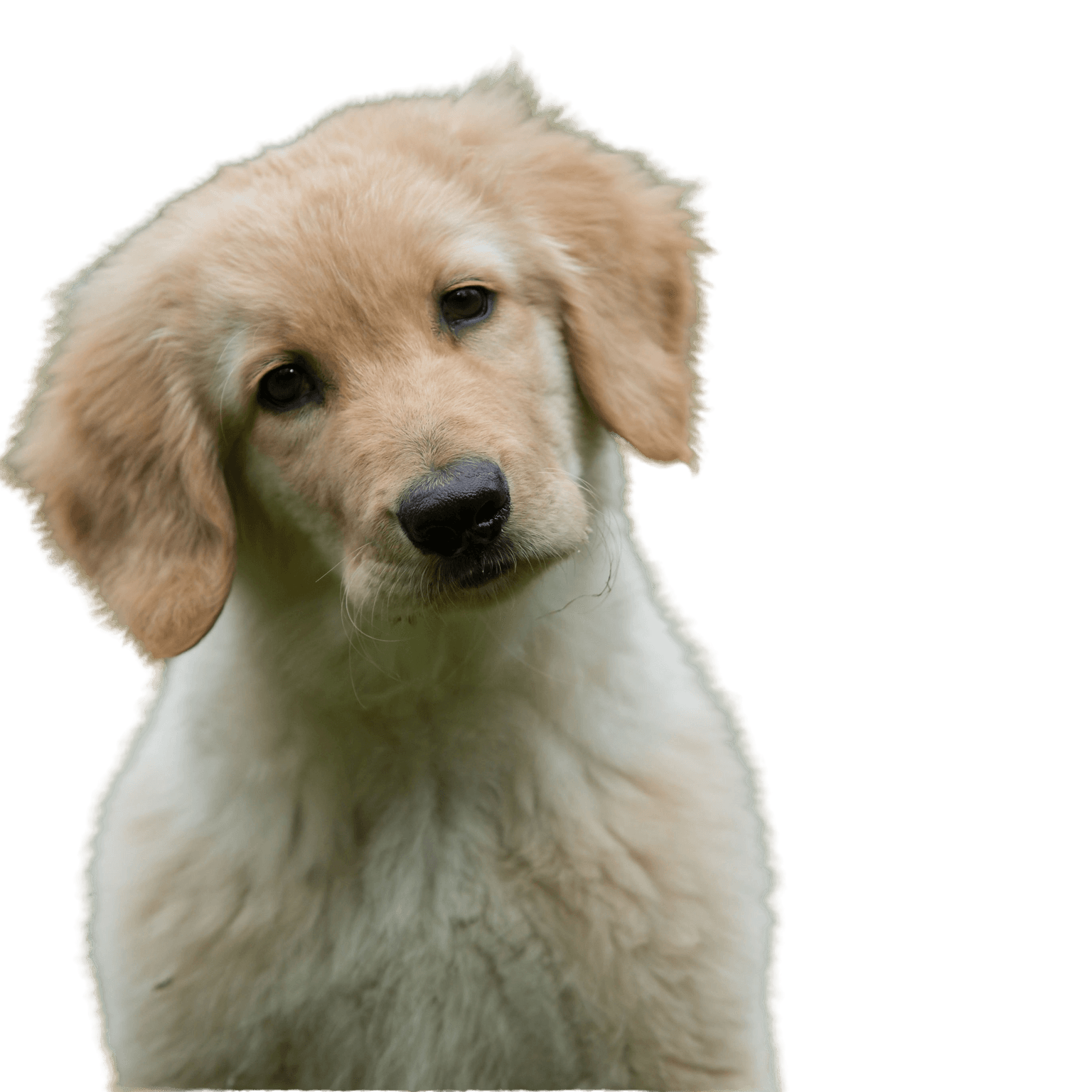
Breed characteristics of the Hovawart
The Hovawart is classified by the FCI in Group 2 (Pinscher and Schnauzer - Molossoid - Swiss Mountain Dogs), Section 2.2 (Molossoid, Mountain Dogs). As a typical working dog, the breed standard requires a working test.
Hovawart males usually grow between 63 to 70 cm tall, bitches only 58-65 cm. At the same time they weigh between 25 and 40kg. With his size he moves in all gaits seen from the front and rear straight and space-grasping. The trot is particularly far reaching with good thrust from the hindquarters.
The head
The strong head of this breed has a broad, domed forehead with a well defined stop. The bridge of the nose is straight and forms a parallel to the top of the head, the muzzle and skull being approximately equal in length. The scalp is tightly attached.
The muzzle
The nostrils should be well developed. In black-marked and black dogs the nose is usually black, but in blond dogs an alternate nose is permissible. The strong muzzle tapers slightly when viewed from the side as well as from above and has well fitting lips.
The Hovawart has a complete, strong scissor bite with 42 teeth according to the dentition formula. The teeth are set vertically in the jaws. However, a pincer bite is also acceptable.
Eyes & Ears
The eyes, which have close fitting lids, are oval, neither prominent nor deep-set. Their color is dark to medium brown.
The triangular hanging ears are loosely attached and set high and wide apart, which visually broadens the top of the head. Lengthwise they reach at least to the corner of the lips. Their tip is slightly rounded. In the resting position they lie flat, when alert they may be carried slightly forward. The leading edge lies approximately midway between the eye and the occiput.
The rump
The strong neck is of medium length, and the throatlatch lies taut. The following back is straight and firm, merging into strong loins, which are slightly longer than the slightly sloping croup. The chest is broad, deep and strong.
The tail
The bushy, hairy tail extends below the hock, but not to the ground. It is carried curved up or down over the back, depending on the dog's mood.
The limbs
The forelegs are strong and, seen from the front and side, straight and vertical. The shoulder blade of the very well muscled shoulder is long and well sloping back, the long upper arm and elbow resting against the body. Typical is also the strong forefoot joint as well as a moderately sloping front metatarsus. The hind legs are also strong and, seen from behind, set vertically. The hindquarters are well angulated and consist of very well muscled upper and lower legs. The hock joint is strong and deep.
The paws are rounded, strong and compact with arched, closely knit toes. Dewclaws are to be removed according to the breed standard, except in those countries where there is a ban on them. Toenails in black-marked and black dogs are black pigmented, in blond dogs they may be less pigmented.
The coat
The skin is generally tight fitting. In black-branded and black dogs it has a bluish tinge, in blondes a mostly pinkish tinge.
The strong long coat is slightly wavy and close lying, with little undercoat. It is longer on the chest, belly, back of the forelegs, back of the thighs and tail. However, it is short on the head, the front of the forelegs and the front of the hindlegs. The coat is closed. The Hovawart comes in three color varieties: Black-marks, black and blond.
Black-marks
Black-marks means that the coat is black and shiny, the color of the markings is medium blond. On the head, the markings begin below the bridge of the nose and extend around the corners of the lips to the throat mark. The pinpoint markings above the eyes are clearly visible and the chest mark consists of two adjacent spots which may be connected. On the forelegs, the markings, seen from the side, extend from the toes to about the pasterns, and terminate on the hind side at the level of the elbows. On the hind legs, seen from the side, the markings are visible below the hock as a broad stripe, above the hock only as a narrow stripe, which extends on the front of the hind legs to the level of the abdominal wall. Below the base of the tail a mark is also present. The markings are clearly defined in all areas. Single small white patches on the chest and single white hairs on toes and tip of tail are permissible. The pigmentation on eyelids, lips and pads is black.
Black
Black specimens have black and shiny hair. Single small white patches on the chest and single white hairs on toes and tip of tail are permissible. Pigmentation on eyelids, flews and pads is also black.
Blond
Blonde Hovawarts are sometimes mistaken for Golden Retrievers: The coat is medium blond, glossy, and becomes lighter toward the belly and on the legs. Single small white patches on the chest and single white hairs on toes and tip of tail are permissible. The pigmentation on eyelids, lips and pads is nevertheless black.
| Fur length | medium |
| Fur | wavy |
| Ear shape | Triangle |
| Tail | lang |
| Anatomy | rugged |
| Size ♀ | 58 - 65 cm |
| Weight ♀ | 25 - 40 kg |
| Size ♂ | 64 - 70 cm |
| Weight ♂ | 25 - 40 kg |
| Suitable For | - |
Colors



Known Diseases
Hip dysplasia (HD)
Hip dysplasia (HD) is a genetic condition in dogs where the hip joint is not shaped properly. This leads to pain, stiffness and restricted movement.
FAQ
-
Purely visually, of course, a Golden Retriever fits very well with the Hovawart. However, they are two very different characters. Make sure that you choose an active second dog for the Hovawart.
-
A Hovawart needs an average amount of exercise. Less than 2 hours of exercise per day is not appropriate for the species. In addition, he needs mental workload.
-
A Hovawart puppy can cost up to 1500 euros. Please do not pay attention to 100 Euro from or to - but to the breeding itself. Many tips for buying a puppy can be found in our magazine.
-
It can live up to 12 years, depending on health, genetic predispositions, diet and exercise.
-
Hovawarts have a good relationship with children and other pets and make good family dogs.
-
The average life expectancy of a Hovawart is 10-14 years.
-
Hovawarts originate from Germany.
-
Hovawarts reach a shoulder height of 60-69 cm and a weight of 35-45 kg.
-
The Hovawart is a large, powerful dog with a dense, water-repellent coat. They have a powerful head and a strong, muscular stature.






